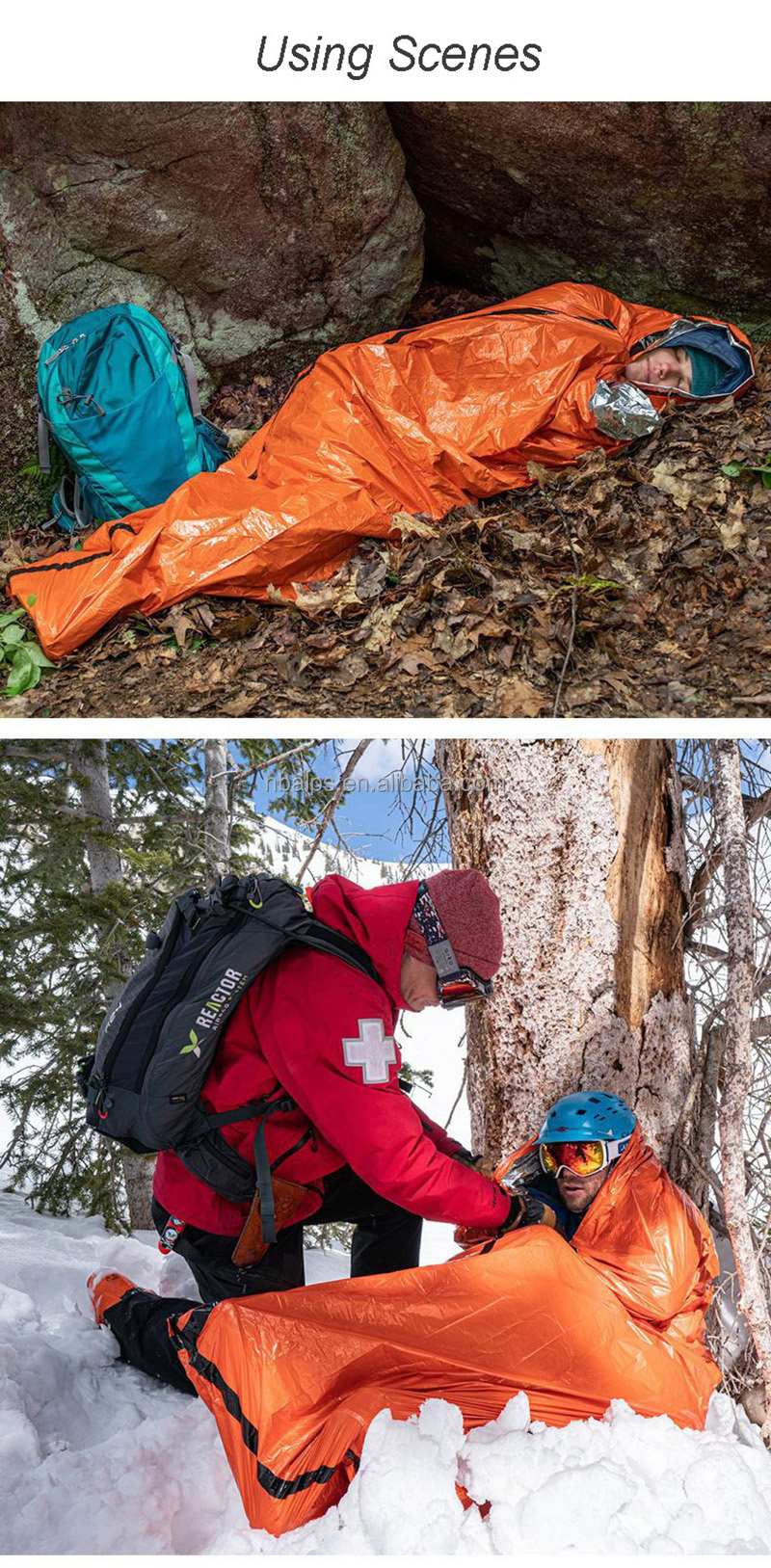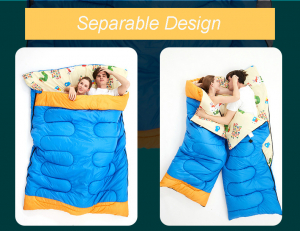News Center+ 查看更多
News Center
+ 查看更多
Comfort in the Wild: Advancements in Camping Sleeping Bags+ 查看更多
Comfort in the Wild: Advancements in Camping Sleeping Bags
+ 查看更多
Date:2023-12-18
Camping sleeping bags have evolved significantly, incorporating advancements in materials, insulation, design, and features to enhance comfort and functionality during outdoor adventures.
1. Insulation Technologies
Modern camping sleeping bags utilize various insulation materials to ensure warmth and comfort. Down insulation, known for its exceptional warmth-to-weight ratio, has evolved with hydrophobic treatments, retaining insulation even when damp. Synthetic insulations like PrimaLoft or ThermoPro offer reliability in wet conditions, providing warmth and quick drying capabilities.

2. Lightweight and Compressibility
Advancements in fabric and insulation have led to lighter and more compressible sleeping bags. Innovative materials allow for reduced weight without compromising on warmth or durability. Ultralight sleeping bags with high compressibility are favoured by backpackers for their ease of transport and minimal space requirements.
3. Temperature Ratings and R-values
Temperature ratings guide users on a sleeping bag's suitability in varying climates. Understanding the EN (European Norm) or ISO (International Organization for Standardization) temperature ratings ensures selecting a bag appropriate for expected weather conditions. R-Values in sleeping pads complement temperature ratings, providing insulation from the ground for additional warmth.
4. Hybrid Designs and Layering Systems
Hybrid sleeping bags and layering systems offer versatility. Some bags feature detachable layers or adjustable components, allowing customization for different weather conditions or personal preferences. This adaptability caters to campers seeking multi-season use from a single sleeping bag.
5. Innovative Features
Advancements include innovative features to improve functionality. Hood designs with improved cinching systems maximize heat retention. Zipperless designs reduce weight and potential failure points. Baffles and draft collars prevent heat loss, while integrated pockets provide storage for essentials.
6. Sustainable Materials and Eco-Friendly Production
An increasing focus on sustainability drives the use of eco-friendly materials and ethical production methods. Some sleeping bag manufacturers prioritize recycled materials or responsibly sourced down, addressing environmental concerns in outdoor gear production.
7. User-Centric Design and Ergonomics
Comfort-driven design elements enhance user experience. Ergonomic shapes, wider footboxes, and spacious designs allow freedom of movement for a more comfortable sleep. Improved moisture-wicking linings and breathable materials promote a dry and cosy sleeping environment.
8. User Reviews and Recommendations
Real-world experiences shared through user reviews offer insights into a sleeping bag's performance. Understanding experiences regarding warmth, durability, packability, and overall satisfaction assists in making informed purchasing decisions.
Conclusion
Advancements in camping sleeping bags offer a blend of innovation, functionality, and comfort. With improvements in insulation, weight, temperature ratings, and user-centric designs, these sleeping bags cater to the diverse needs of campers, ensuring a restful and comfortable night's sleep in the wilderness.

